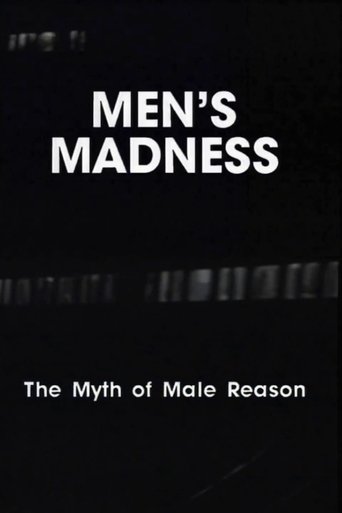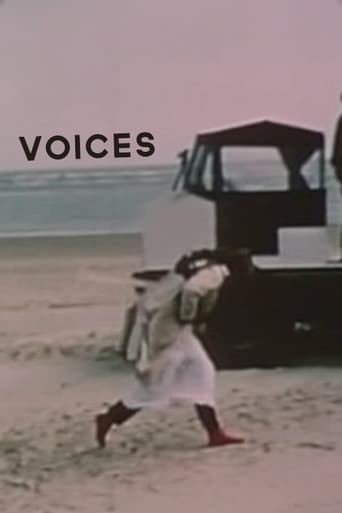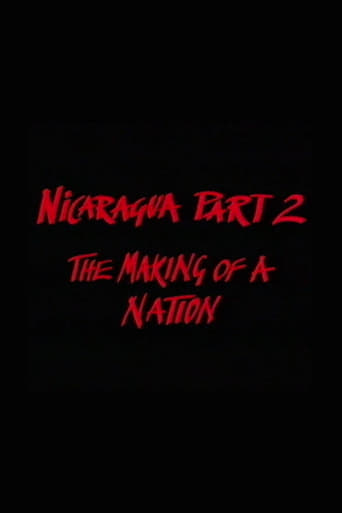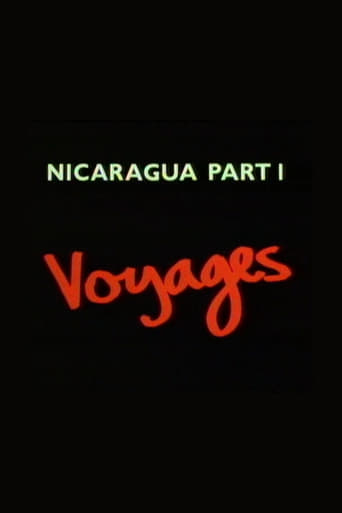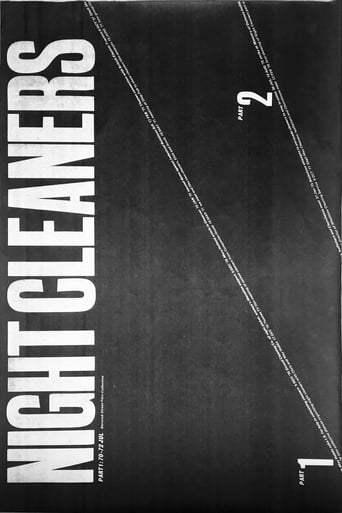In a society, which labels lesbians as masculine, man-hating and less than female, how are lesbians who choose to have children treated? This excellent film gives a voice to a variety of women from varying ages, races and class backgrounds. Some of the women were lesbians when they decided to have children; others became lesbians after being involved in heterosexual relationships. As lesbian mothers they all have to learn to cope with living in a hostile society, with the ever-present possibility of losing their children - if they still have them - their lovers, or their work. Breaking the Silence offers an engaging and compelling picture of an area of female existence which, for many, has had to remain hidden for fear of losing their children. From those who have been brave enough to speak out in this film what emerges is a voice of strength and courage in the face of outrageous bigotry.

